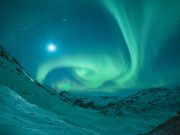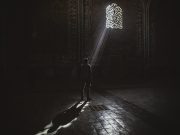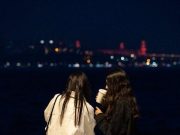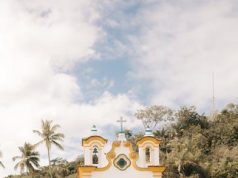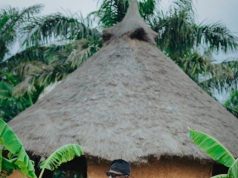As the moon rises high in the sky, people all around the world gather to celebrate the full moon. From ancient rituals to modern-day festivals, the lunar revelries have been an integral part of human culture for centuries. Whether it’s the mystical allure of the moon or the sense of community that comes with gathering under its light, full moon festivities have a way of bringing people together in a way that is both enchanting and unforgettable. In this article, we will explore some of the most memorable full moon celebrations from around the world, and discover the unique traditions and customs that make them so special. So, let’s dive into the world of lunar revelries and discover the magic of the full moon.
1. “Basking in the Glow: Celebrating the Full Moon Across Cultures”
The full moon has been celebrated across cultures for centuries. From ancient times, people have been fascinated by the moon’s beauty and power. In many cultures, the full moon is seen as a time of renewal, reflection, and celebration.
In Hinduism, the full moon is celebrated as Purnima, a time to honor the god Vishnu. In China, the Mid-Autumn Festival is celebrated during the full moon in September or October. It is a time for family reunions and the eating of mooncakes. In Native American cultures, the full moon is seen as a time for spiritual growth and healing. The Cherokee call the full moon in October the “Harvest Moon” and use it as a time to give thanks for the bounty of the earth.
No matter the culture, the full moon is a time for celebration and reflection. It is a time to connect with nature and honor the cycles of the earth. So, next time you see the full moon, take a moment to bask in its glow and appreciate the beauty and power of this celestial body.
2. “From Bonfires to Lanterns: Unique Traditions for Lunar Revelries”
As the moon reaches its fullest point, people all over the world celebrate the Lunar New Year with unique traditions that have been passed down for generations. From bonfires to lanterns, these customs reflect the diverse cultures and beliefs of each community.
- China: The Chinese New Year, also known as Spring Festival, is celebrated with a variety of customs, including the famous dragon and lion dances, fireworks, and red envelopes filled with money. Another popular tradition is the lighting of lanterns, which symbolize good luck and prosperity. People write their wishes on the lanterns before releasing them into the sky.
- Korea: In Korea, the Lunar New Year is called Seollal, and it is a time for families to come together and honor their ancestors. One of the main traditions is the making of tteokguk, a soup made with sliced rice cakes and beef broth. Eating this soup is said to bring good luck and symbolizes the passing of another year.
These are just a few examples of the many unique traditions that are part of Lunar New Year celebrations around the world. Whether you’re watching fireworks, eating traditional foods, or lighting lanterns, these customs are a way to connect with the past and look forward to a prosperous future.
3. “Moonlit Memories: Recalling the Magic of Full Moon Festivities
The full moon has always been a source of fascination for people all over the world. It’s a time when the night sky is at its brightest, and the moon’s glow illuminates everything around us. For centuries, people have celebrated the full moon with festivals and rituals, and these traditions continue to this day. Here are some of the most magical full moon festivities from around the world:
- Thailand’s Full Moon Party: This legendary beach party takes place on the island of Koh Phangan every full moon. Thousands of people gather on the beach to dance, drink, and watch the sunrise. The party has become so popular that it now takes place every month, regardless of whether there’s a full moon or not.
- India’s Holi Festival: This colorful festival takes place on the full moon day in March. People throw colored powder and water at each other, dance to music, and feast on traditional sweets. It’s a celebration of love, friendship, and the arrival of spring.
- Mexico’s Dia de los Muertos: This festival, also known as the Day of the Dead, takes place on November 2nd, which is often a full moon night. It’s a time when families gather to honor their deceased loved ones by building altars, offering food and drinks, and lighting candles. The full moon adds an extra layer of magic to this already mystical celebration.
Whether you’re dancing on a beach in Thailand, throwing colored powder in India, or honoring your ancestors in Mexico, full moon festivities are a time to connect with others, celebrate life, and embrace the magic of the night sky. So next time there’s a full moon, gather your friends and family, and create your own moonlit memories.
As the full moon rises high in the sky, people all around the world come together to celebrate the Lunar Revelries. From the colorful lanterns of China to the mystical rituals of India, the festivities are as diverse as they are memorable. Whether you’re looking to witness a traditional dance, indulge in delicious mooncakes, or simply bask in the moon’s glow, there’s something for everyone to enjoy. So, the next time the full moon graces the night sky, take a moment to join in the revelries and experience the magic for yourself. Who knows, you may just create a memory that will last a lifetime.


